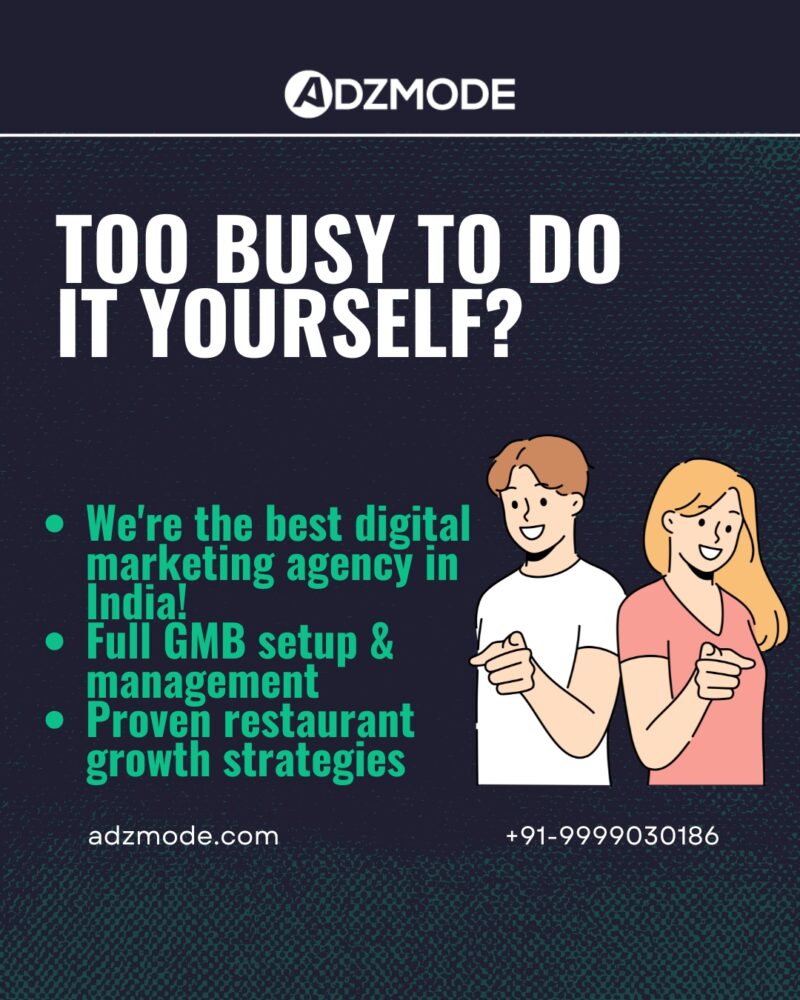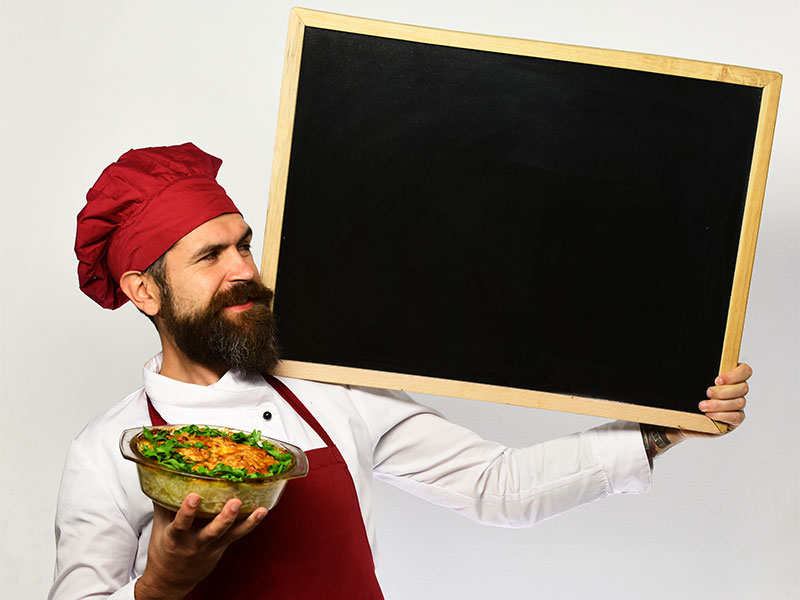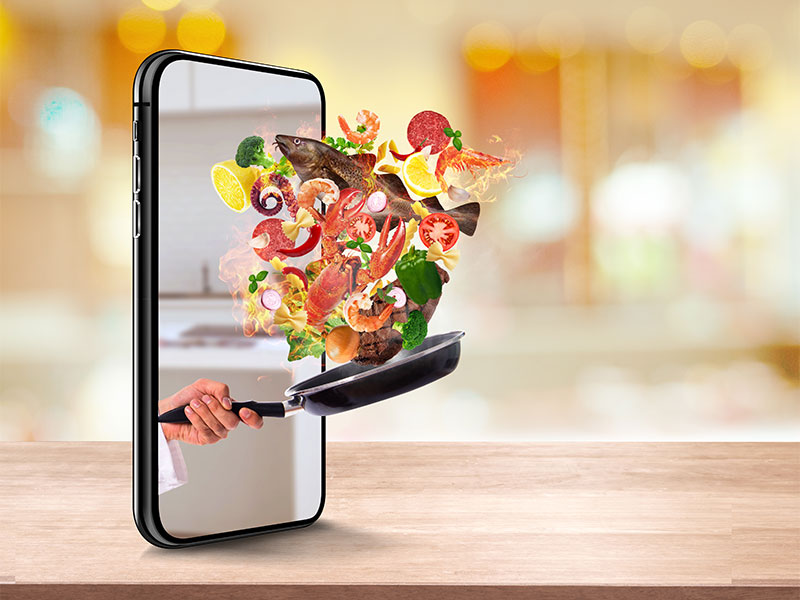
Let’s cut through the noise – you’re competing with every restaurant in your area for the same diners, and posting pretty food photos on your Facebook page just isn’t cutting it anymore. While your organic reach has probably tanked to almost nothing (thanks, algorithm changes), there’s actually good news: Facebook Ads for restaurants remain one of the most cost-effective ways to fill those empty tables.
Here’s what most restaurant owners don’t realize: you’re not just competing with other restaurants on Facebook. You’re competing with everything else in your customers’ feeds – their friends’ vacation photos, viral videos, news articles, and hundreds of other distractions. The difference between ads that get ignored and ads that drive actual reservations comes down to strategy, not just budget.
The restaurants crushing it with Facebook advertising aren’t spending fortunes – they’re spending smart. They understand their audience, craft irresistible offers, and use Facebook’s targeting tools to put their message in front of people who are actually ready to make a reservation. Ready to join them?
Understanding Facebook Ads for Restaurant Success
The Current Facebook Advertising Landscape
Facebook’s advertising platform has evolved dramatically, and understanding the 2025 landscape is crucial for restaurant success. Facebook ads average a 5.3x ROAS (Return on Ad Spend), outperforming Instagram (4.8x) and TikTok (3.6x) in 2025, making it a particularly strong platform for restaurant marketing.
The restaurant and food industry has seen significant changes in advertising costs. The industries that had the largest increases in CPC included Restaurants and Food (up 44%), though this comes with a silver lining – restaurants also benefit from the lowest cost per lead at just $3.16.
Key 2025 Facebook Trends for Restaurants:
- AI-powered optimization improving targeting accuracy
- Visual-first content dominating engagement
- Short-form video outperforming static images
- Location-based targeting becoming more precise
- Integration with reservation platforms streamlined
Platform Advantages for Restaurants:
- Massive reach with 3 billion monthly active users
- Sophisticated local targeting capabilities
- Direct integration with booking systems
- Cost-effective compared to traditional advertising
- Measurable results and trackable conversions
Why Facebook Ads Work for Restaurant Reservations?
Facebook advertising offers unique advantages for restaurants that traditional marketing simply can’t match. The platform’s ability to target users based on location, interests, behaviors, and even recent life events makes it perfect for reaching potential diners at the right moment.
Reservation-Driving Benefits:
- Target users within specific distances from your restaurant
- Reach people who’ve recently moved to your area
- Connect with users celebrating birthdays or anniversaries
- Retarget website visitors who didn’t book
- Engage past customers with new offers
Conversion Opportunities:
- Direct “Book Now” buttons on ads
- Phone call buttons for instant reservations
- Instagram integration for visual storytelling
- Event promotion for special occasions
- Reviews and social proof building trust
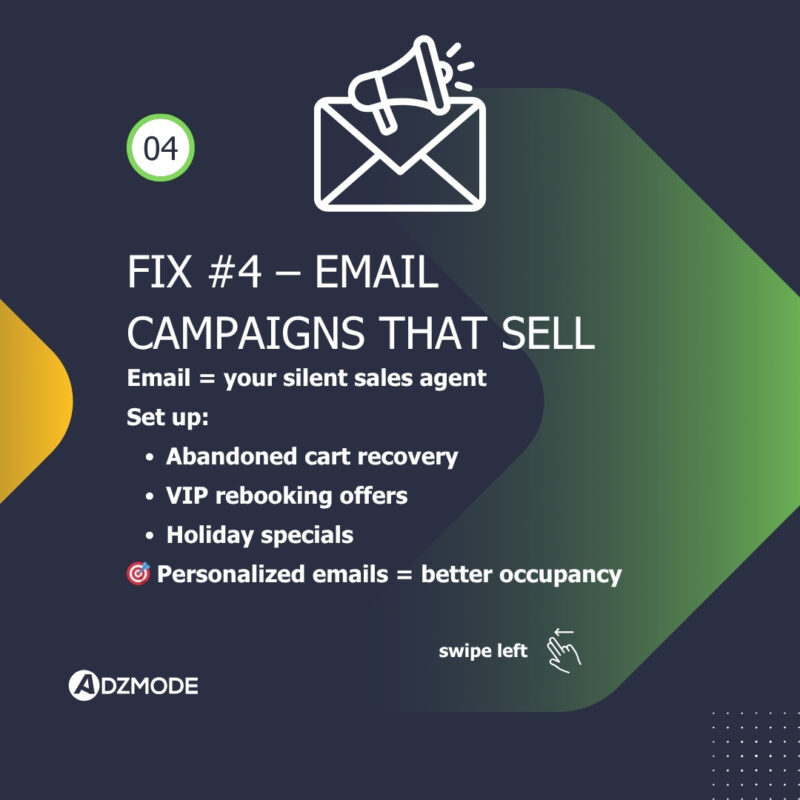
Setting Up Your Facebook Ads Foundation
1. Essential Prerequisites Before Running Ads
Before spending a dollar on Facebook advertising, ensure your digital foundation is solid. Make sure you have a mobile-friendly, SEO-optimized website with updated hours, contact information, and address as essential prerequisites for effective advertising.
Must-Have Elements:
Facebook Business Page fully optimized
- Instagram business account linked
- Mobile-responsive website with online booking
- Updated menu, hours, and contact information
- High-quality photos of food and ambiance
- Customer reviews and testimonials visible
Technical Setup Requirements:
- Facebook Business Manager account created
- Facebook Pixel installed on website
- Conversion tracking properly configured
- Payment method added to Ads Manager
UTM parameters for tracking campaign performance
2. Installing and Configuring Facebook Pixel
The Facebook Pixel is your secret weapon for tracking conversions and building valuable audiences. Using ‘custom audiences,’ you can target people who have recently visited your restaurant’s website by embedding a Facebook Pixel code that tracks actions on your ads and site.
Pixel Benefits for Restaurants:
- Track reservation completions
- Monitor menu page views
- Identify users who abandoned booking process
- Build lookalike audiences of best customers
- Optimize ads for actual conversions
Key Pixel Events to Track:
- Page views (website, menu, reservations)
- Add to cart (online ordering)
- Initiate checkout (booking process started)
- Purchase/booking completion
- Phone number clicks
- Directions requests
3. Building Your Target Audiences
Audience targeting makes the difference between profitable campaigns and wasted ad spend. Facebook offers multiple audience types that restaurants should leverage strategically.
Core Audience Targeting Options:
- Geographic: Radius around restaurant location
- Demographic: Age, income, family status
- Interests: Food lovers, dining out, cuisine types
- Behaviors: Frequent travelers, foodies, celebration planners
Custom Audience Types:
- Website visitors who didn’t book
- Past customers from email lists
- People who engaged with your Facebook page
- Users who watched your video ads
- Phone contacts who use Facebook
Lookalike Audience Strategy:
- Create lookalikes from best customer lists
- Build audiences similar to reservation completers
- Target people resembling high-value customers
- Expand reach while maintaining quality
Google My Business for restaurants
Crafting High-Converting Ad Creative for Reservations
1. Visual Content That Drives Bookings
Facebook is prioritizing engaging, visually-driven ad formats in 2025, with interactive ads such as carousel formats, augmented reality experiences, and video-first campaigns being heavily promoted.
High-Performing Visual Elements:
– Professional food photography with proper lighting
– Behind-the-scenes kitchen and chef content
– Restaurant ambiance and dining experience shots
– Customer testimonials and reactions
– Seasonal specials and signature dishes
Video Content Strategies:
– 15-30 second recipe teasers
– Chef introducing signature dishes
– Time-lapse of meal preparation
– Virtual restaurant tours
– Customer celebration moments
Design Best Practices:
– High contrast text readable on mobile
– Minimal text overlay (Facebook prioritizes)
– Vertical format for Stories and Reels
– Consistent branding across all ads
– Clear focal point drawing attention
2. Writing Compelling Ad Copy
Your ad copy must overcome the scroll and compel action within seconds of viewing.
Headline Formulas That Work:
- “Book Your Table: [Specific Offer]”
- “Limited Spots Available for [Event/Date]”
- “New [Cuisine/Menu]: Reserve Now”
- “[Percentage] Off Your First Visit”
- “Celebrate [Occasion] at [Restaurant Name]”
Body Copy Elements:
- Lead with strongest benefit or offer
- Create urgency with limited availability
- Include social proof when possible
- Address specific dining occasions
- Clear call-to-action with next steps
Effective CTAs for Reservations:
- “Reserve Your Table”
- “Book Now”
- “Check Availability”
- “Call to Reserve”
- “Secure Your Spot”
3. Choosing the Right Ad Formats
Different ad formats serve different purposes in driving reservations. Use carousel ads or collection ads to highlight tables, menu sections, and special offers, while single-image ads or video ads with clear “Order Now” buttons work well for takeout and delivery.
Carousel Ads:
- Showcase multiple dishes or courses
- Display different dining areas
- Highlight menu categories
- Tell sequential story about dining experience
- Compare different occasion packages
Video Ads:
- Immersive dining experience preview
- Chef message or menu introduction
- Customer testimonial compilations
- Event or special occasion showcases
- Behind-the-scenes content
Collection Ads:
- Browse menu items visually
- Explore restaurant spaces
- View event packages
- Compare dining options
- Instant experience with booking integration
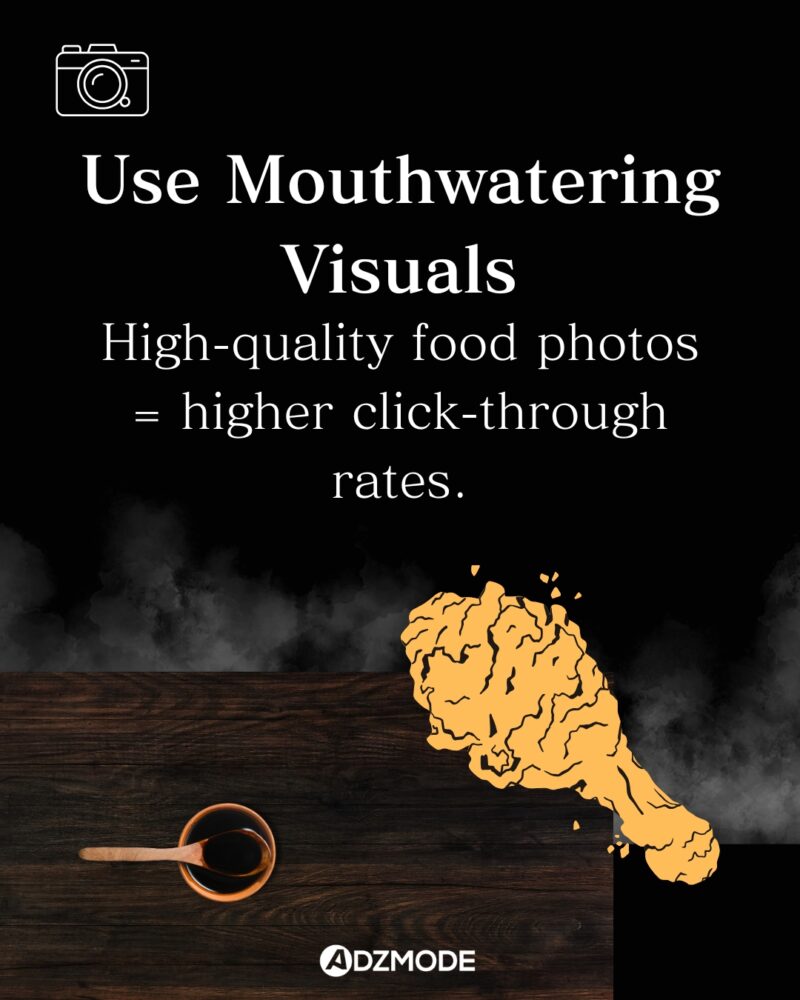
Advanced Targeting Strategies for Maximum Reservations
1. Location-Based Targeting Techniques
For restaurants, location targeting is everything. Create location-based ads that reach people who are nearby and most likely to visit your restaurant through precise geographic parameters.
Geographic Targeting Layers:
- Primary radius: 5-10 miles around restaurant
- Commuter targeting: Business districts during lunch
- Tourist areas: Hotels and attractions nearby
- Residential neighborhoods: Evening and weekend targeting
- Competitor locations: Strategic proximity targeting
Location-Based Timing:
- Weekday lunch targeting office areas
- Weekend targeting residential neighborhoods
- Date night targeting couples 18+ on weekends
- Family targeting areas with schools on weekends
- Tourist targeting hospitality districts
2. Behavioral and Interest Targeting
Beyond location, behavioral targeting helps reach people most likely to dine out and make reservations.
High-Value Behaviors to Target:
- Frequent restaurant goers
- Users who engage with food content
- People planning events or celebrations
- Recent movers to your area
- Business travelers and professionals
Interest Categories for Restaurants:
- Specific cuisine types (Italian, Asian, etc.)
- Fine dining enthusiasts
- Foodies and culinary enthusiasts
- Wine and craft beverage interests
- Local food scene followers
3. Retargeting Strategies That Convert
Retargeting turns interest into reservations by reaching people who’ve already shown intent but haven’t booked yet.
Website Retargeting Audiences:
- Menu page viewers (past 7 days)
- Reservation page visitors who didn’t complete
- Homepage visitors (past 14 days)
- Blog or event page readers
- Map/directions viewers
Engagement Retargeting:
- Video viewers (50%+ watched)
- Instagram profile visitors
- Facebook post engagers
- Ad clickers who didn’t convert
- Messenger conversation initiators
Retargeting Best Practices:
- Shorter conversion window (7-14 days for restaurants)
- Different creative than initial ads
- Specific incentive or urgency element
- Frequency capping to avoid annoyance
- Exclude recent converters and customers
Campaign Structure and Budget Optimization
1. Budget Allocation Strategies
Smart budget allocation maximizes results regardless of total ad spend. Start with test budgets to identify winning combinations before scaling.
Starting Budget Recommendations:
- Small restaurants: $10-20 daily ($300-600 monthly)
- Medium restaurants: $25-50 daily ($750-1,500 monthly)
- Large or multiple locations: $50-100+ daily ($1,500-3,000+ monthly)
Budget Distribution by Campaign:
- 40% – Reservation driving campaigns (main tables)
- 30% – Retargeting past visitors
- 20% – Special events and promotions
- 10% – Testing new audiences and creative
Scaling Winning Campaigns:
- Increase budget 20-30% every 3-5 days
- Monitor cost per acquisition closely
- Duplicate winning ad sets with new audiences
- Maintain profitability thresholds
- Test seasonal adjustments
2. Campaign Organization and Structure
Proper campaign structure allows better optimization and clearer performance analysis.
Campaign Structure Example:
- Campaign 1: Reservation Driving – Prospecting
- Campaign 2: Reservation Driving – Retargeting
- Campaign 3: Special Events and Promotions
- Campaign 4: Testing and Creative Development
Ad Set Organization:
- Separate ad sets by location radius
- Different ad sets for demographics
- Behavior-based audience separation
- Device targeting separation (mobile vs. desktop)
- Dayparting for optimal timing
Testing Framework:
- Test one variable at a time
- Minimum 3-5 days per test
- Statistical significance before declaring winners
- Document all test results
- Implement learnings systematically
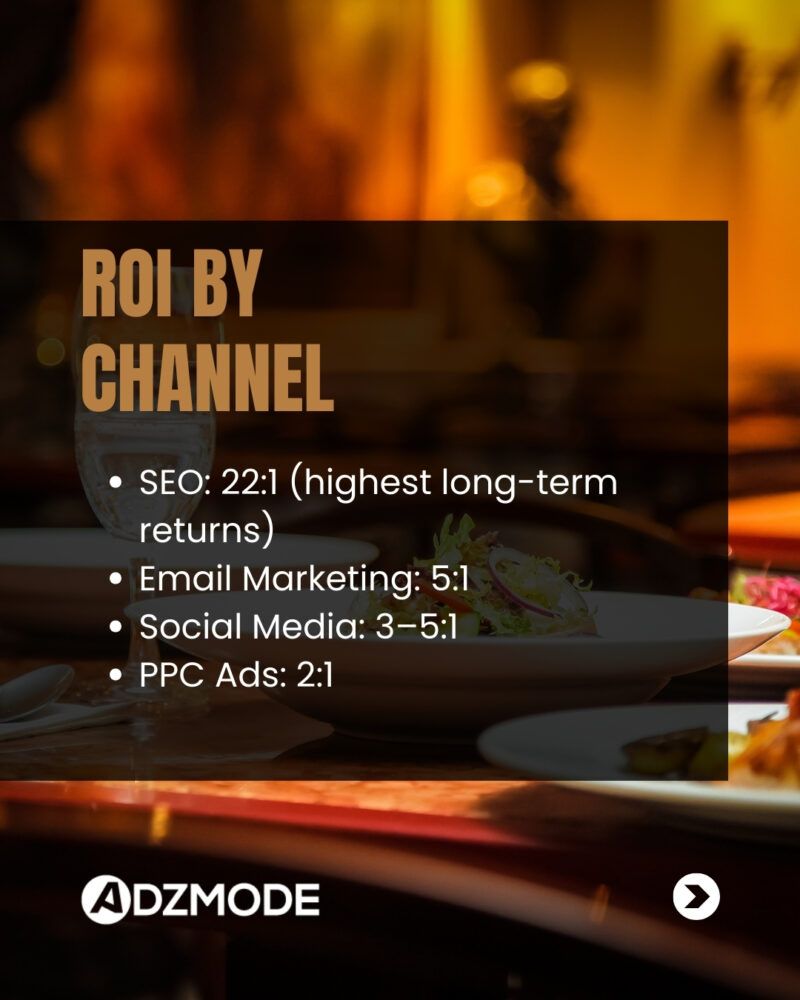
Measuring Success and Optimizing Performance
1. Key Performance Indicators for Restaurant Ads
Tracking the right metrics helps optimize campaigns for actual reservations rather than vanity metrics.
Primary KPIs to Monitor:
- Cost per reservation/booking
- Reservation conversion rate
- Return on ad spend (ROAS)
- Cost per click (CPC)
- Click-through rate (CTR)
- Frequency (ad fatigue indicator)
Secondary Metrics:
- Website traffic from ads
- Menu page views
- Phone call conversions
- Directions requests
- Page engagement rate
- Video view completion rate
Restaurant-Specific Goals:
- Fill slow periods (lunch, weekday dinners)
- Drive weekend reservations
- Promote special events
- Increase average party size
- Build customer database
2. A/B Testing for Continuous Improvement
Systematic testing separates good campaigns from great ones. Test continuously to find combinations that drive the most reservations at the lowest cost.
Creative Testing Variables:
- Images vs. videos
- Different dishes or menu items
- Interior vs. food photography
- Lifestyle vs. product shots
- With vs. without people
Copy Testing Elements:
- Headlines emphasizing different benefits
- Various offers and promotions
- Urgency vs. value messaging
- Short vs. longer descriptions
- Different call-to-action phrases
Audience Testing:
- Narrow vs. broad targeting
- Different interest combinations
- Age range variations
- Income level targeting
- Geographic radius adjustments
3. When to Pause, Adjust, or Scale
Knowing when to make changes prevents wasted spend and maximizes returns.
Pause Indicators:
- Cost per reservation exceeds target by 50%+
- Frequency exceeds 3-4 impressions per user
- CTR drops below 1% consistently
- No conversions after 2x expected acquisition cost
- Creative fatigue obvious (declining engagement)
Optimization Triggers:
- Strong CTR but low conversions (landing page issue)
- High engagement but few bookings (offer problem)
- Good morning performance, poor evening (timing adjustment)
- Desktop outperforming mobile (creative not mobile-optimized)
- One ad set vastly outperforming others
Scaling Opportunities:
- Cost per reservation below target consistently
- ROAS exceeds 3-5x for 5+ days
- Low frequency with strong engagement
- Strong performance across multiple ad sets
- Positive customer feedback from ad traffic
Integration with Reservation Systems and CRM
1. Streamlining the Booking Process
The gap between ad click and completed reservation is where most potential customers are lost. Minimize friction at every step.
Reservation Flow Optimization:
- One-click booking directly from ad
- Mobile-optimized reservation forms
- Minimal required information fields
- Visual availability calendar
- Instant confirmation messaging
Integration Options:
- OpenTable direct booking links
- Resy reservation integration
- Google Reserve integration
- Custom website booking system
- Phone call tracking for call conversions
Conversion Tracking Setup:
- Track reservation completion events
- Monitor form abandonment rates
- Measure call conversions from ads
- Calculate actual revenue per reservation
- Attribute offline conversions when possible
2. Building Customer Databases
Every reservation driven by Facebook ads should build your owned customer database for future marketing.
Data Collection Strategies:
- Email capture during reservation
- SMS opt-in for confirmation and updates
- Birthday and anniversary information
- Dining preferences and allergies
- Special occasion notes
CRM Integration Benefits:
- Upload customer lists to Facebook for targeting
- Create lookalike audiences from best customers
- Exclude current customers from acquisition campaigns
- Personalized retargeting based on past visits
- Lifetime value calculation and segmentation
Specialized Campaign Types for Different Goals
1. Event and Special Occasion Campaigns
Special events require targeted campaigns with specific messaging and urgency elements.
Event Campaign Structure:
– Launch 2-4 weeks before event
– Countdown urgency in ad copy
– Limited seating emphasized
– Multiple touchpoints through retargeting
– Post-event follow-up for future occasions
Occasions to Target:
- Valentine’s Day reservations
- Mother’s Day and Father’s Day
- Holiday dinners (Christmas, New Year’s)
- Birthday celebrations
- Anniversary dinners
- Corporate events and parties
Event Ad Elements:
- Event-specific imagery
- Menu preview or special offerings
- Pricing and package details
- Booking deadline urgency
- Testimonials from past events
2. Filling Slow Periods and Off-Peak Hours
Strategic campaigns can smooth out demand and fill traditionally slow periods.
Off-Peak Campaign Strategies:
- Weekday lunch specials promoted to nearby offices
- Early bird dinner discounts (4-6 PM)
- Late-night dining promotions
- “Beat the weekend rush” campaigns
- Weather-triggered campaigns (rainy day specials)
Tactical Timing:
- Dayparting to show ads when booking that slot
- Same-day promotion for last-minute gaps
- Week-ahead targeting for planning
- Seasonal adjustments based on patterns
- Real-time budget adjustments
Common Mistakes and How to Avoid Them
1. Poor Targeting Leading to Wasted Spend
One of the biggest budget killers is showing ads to people unlikely to actually visit your restaurant.
Targeting Mistakes to Avoid:
- Geographic radius too broad (beyond realistic driving distance)
- Insufficient audience refinement (showing ads to vegetarians for steakhouse)
- Ignoring age demographics of ideal customers
- Failing to exclude irrelevant locations
- Not using negative targeting to filter out poor fits
Optimization Solutions:
- Start with tight targeting, expand gradually
- Use Facebook’s “narrow further” option
- Implement negative audiences
- Analyze customer demographics regularly
- Test different radius sizes
2. Creative Fatigue and Ad Exhaustion
Even the best ads lose effectiveness when shown too frequently to the same people.
Signs of Ad Fatigue:
- Declining click-through rates
- Increasing cost per result
- Higher frequency numbers (3+)
- Comments becoming negative
- Falling relevance scores
Preventing Fatigue:
- Rotate creative every 2-3 weeks
- Maintain multiple ad variations
- Expand audience sizes appropriately
- Monitor frequency metrics closely
- Refresh imagery and copy regularly
3. Neglecting Mobile Optimization
With most Facebook usage happening on mobile devices, mobile optimization is non-negotiable for restaurant ads.
Mobile Optimization Checklist:
- Vertical video formats for full-screen impact
- Large, legible text readable on small screens
- Fast-loading mobile website
- Mobile-friendly booking process
- Click-to-call functionality
- Simplified forms with minimal typing
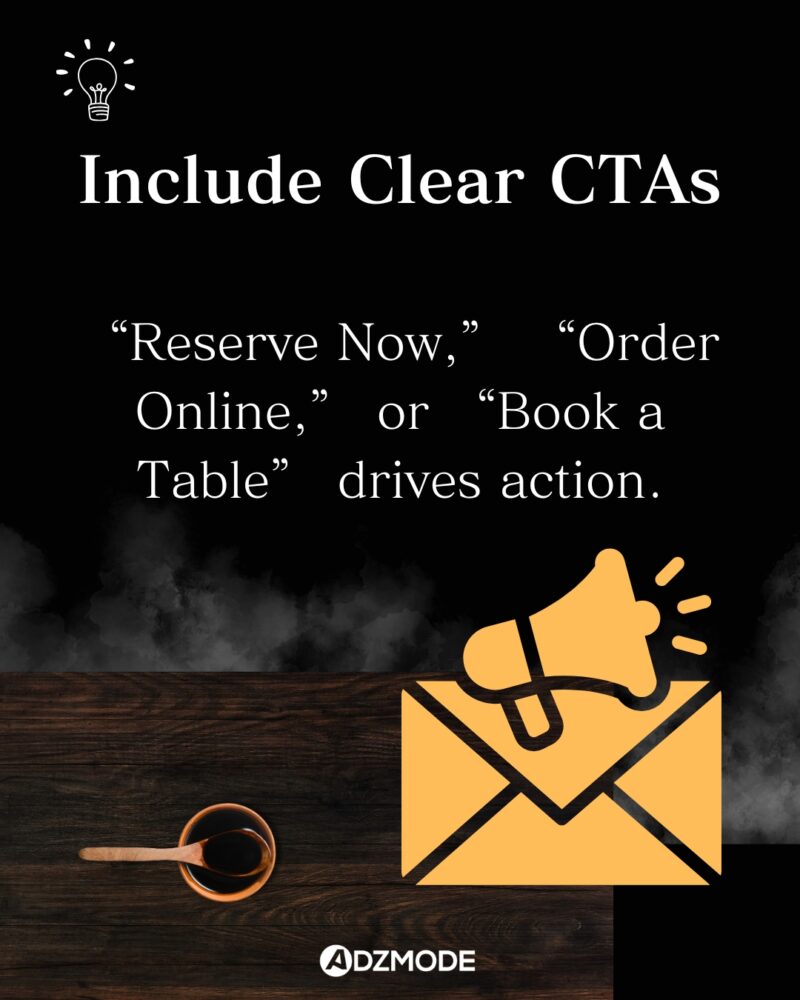
Partnering with Experts for Maximum Results
When to Consider Professional Help?
While many restaurant owners can successfully manage Facebook advertising themselves, there comes a point where professional expertise delivers significantly better returns.
Indicators You Need Professional Support:
- Spending $1,000+ monthly without consistent results
- Lacking time to properly monitor and optimize
- Struggling to understand Facebook’s interface
- Unable to achieve profitable cost per acquisition
- Wanting to scale beyond current capabilities
- Needing comprehensive digital strategy beyond just ads
For restaurant owners in competitive markets who want to maximize their advertising ROI while focusing on running their business, partnering with the best digital marketing agency in Delhi that specializes in restaurant marketing can provide the strategic expertise, creative resources, and ongoing optimization needed to consistently fill tables through Facebook advertising while freeing you to focus on delivering exceptional dining experiences.
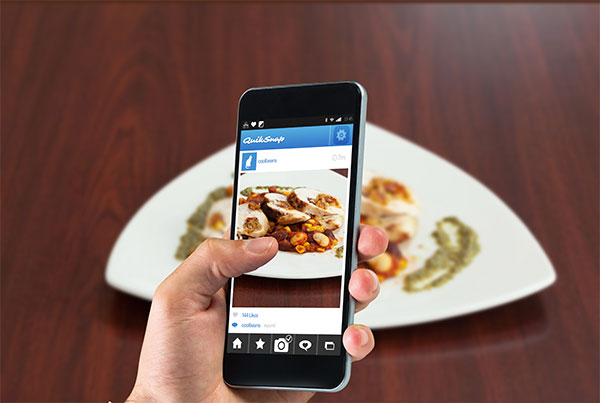
Comprehensive Social Media Marketing Strategy
Facebook ads work best as part of a comprehensive social media strategy that includes organic content, community management, and multi-platform presence.
Integrated Approach Benefits:
- Organic content supports paid advertising
- Instagram integration expands reach
- Consistent brand messaging across platforms
- Community engagement builds loyalty
- Content strategy informing ad creative
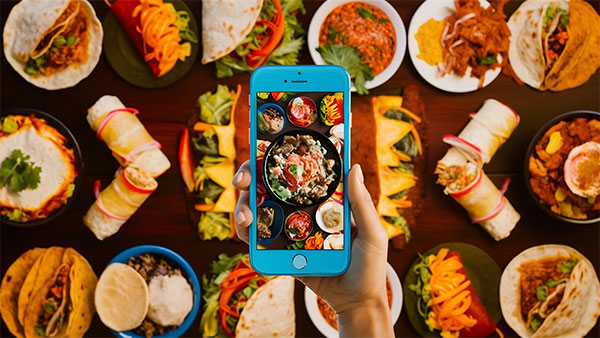
For restaurants seeking to dominate their local market across all social platforms rather than just running occasional Facebook ads, working with the best social media marketing agency that understands restaurant industry dynamics ensures a coordinated strategy across Facebook, Instagram, and other platforms, creating a cohesive online presence that turns social media followers into actual paying customers, filling your tables.
Full-Service Agency Advantages:
- Strategic planning across multiple platforms
- Professional content creation and curation
- Advanced targeting and optimization expertise
- Comprehensive performance reporting
- Ongoing testing and improvement
- Time saved for restaurant operations
Frequently Asked Questions (FAQs)
Q. How much should I budget for Facebook Ads to boost restaurant reservations?
Start with at least $300-500 monthly ($10-15 daily) to gather meaningful data and see results. Restaurants and food businesses benefit from the lowest cost per lead at just $3.16 on average. As you identify what works, gradually increase your budget by 20-30% every few days while maintaining profitability. Most successful restaurants eventually invest $1,000-3,000 monthly, though results depend on location, competition, and offer quality.
Q. How quickly will I see reservation results from Facebook Ads?
Most restaurants see initial results within 3-7 days, though optimal performance typically develops after 2-4 weeks of testing and optimization. Facebook Ads for restaurants require time to gather data, identify best audiences, and refine targeting. Expect the first week for learning, weeks 2-3 for optimization, and consistent results from week 4 onwards. Be patient and avoid making major changes before campaigns have sufficient data.
Q. What type of Facebook ad format works best for driving reservations?
Carousel ads showcasing multiple dishes or dining experiences and video ads featuring restaurant ambiance typically perform best for reservations. Single-image ads work well for specific promotions or events. The key is testing multiple formats with your specific audience. Video content is currently favored by Facebook’s algorithm and often delivers lower costs and better engagement than static images.
Q. Should I target people who like my competitors’ pages?
While interest-based targeting including competitors can work, direct competitor page targeting is often restricted and may not be as effective as targeting broader food enthusiast audiences, cuisine-specific interests, and behavioral indicators of people who dine out frequently. Focus on reaching your ideal customer based on characteristics rather than simply targeting competitors’ audiences.
Q. How do I track actual reservations from my Facebook Ads?
Install Facebook Pixel on your website and set up custom conversion events for completed reservations. Track phone calls using Facebook’s call tracking or third-party services. For integrated reservation systems like OpenTable or Resy, ensure proper conversion tracking is configured. Upload offline conversion data for reservations made by phone or in person after seeing ads. Proper tracking is essential for optimization.
Q. What’s a good ROAS (Return on Ad Spend) for restaurant Facebook Ads?
Facebook ads average a 5.3x ROAS across industries, making this a reasonable target for restaurants. However, consider your profit margins and customer lifetime value. A first-time customer might break even or lose money with advertising costs, but becomes profitable through repeat visits. Aim for at least 3-5x ROAS for sustainable profitability, tracking both immediate reservation value and long-term customer value.
Q. How often should I change my ad creative to prevent fatigue?
Monitor frequency metrics closely – when individual users see your ad 3+ times and engagement declines, it’s time to refresh the creative. Generally, rotate new imagery, video, or messaging every 2-3 weeks. Have multiple active ads running simultaneously, and introduce new variations regularly. Creative fatigue happens faster with smaller audiences, so broader targeting allows a longer creative lifespan.
Q. Can Facebook Ads help fill specific time slots or slow periods?
Absolutely! Use dayparting to show ads at strategic times, promoting specific periods. Target weekday lunch specials to nearby office workers during morning hours, or promote early-bird dinner deals in the afternoon. Create campaigns specifically for filling Tuesday and Wednesday evenings or late-night dining slots. Facebook’s scheduling features allow precise timing to match your reservation needs.
Conclusion: Your Path to Consistent Reservations Through Facebook Advertising
Facebook Ads for restaurants aren’t just another marketing expense; they’re an investment that, when executed properly, delivers measurable returns in the form of filled tables and increased revenue. While organic social media reach continues declining and traditional advertising becomes increasingly expensive, Facebook advertising remains one of the most cost-effective ways to reach hungry customers actively looking for dining experiences.
The difference between restaurants struggling with empty tables and those with consistent bookings often comes down to strategic Facebook advertising. You don’t need the biggest budget – you need the smartest approach. Start with clear goals, target precisely, create compelling offers, and optimize relentlessly based on actual data.
Begin today with what you have. Set up that Facebook Business Manager account if you haven’t already. Install the Pixel on your website. Create your first simple campaign targeting people within 10 miles who love your cuisine type. Offer something genuinely valuable – a special occasion package, a signature tasting menu, or a compelling first-visit discount.
Test, measure, refine, and scale. Every dollar you invest in Facebook advertising teaches you something about your customers and your market. The restaurants winning with Facebook ads didn’t start with perfect campaigns – they started with basic campaigns and improved through continuous testing and optimization.
Your competitors are advertising on Facebook right now, reaching your potential customers with their offers and filling their tables. The question isn’t whether you can afford to invest in Facebook advertising – it’s whether you can afford not to.
The tables are waiting to be filled. The customers are on Facebook looking for their next dining experience. Your next reservation is just a well-crafted Facebook ad away. Stop leaving money on the table and start putting Facebook’s powerful advertising platform to work for your restaurant today.
Your most profitable reservation season starts now.
Share Your Project Requirements With Us

